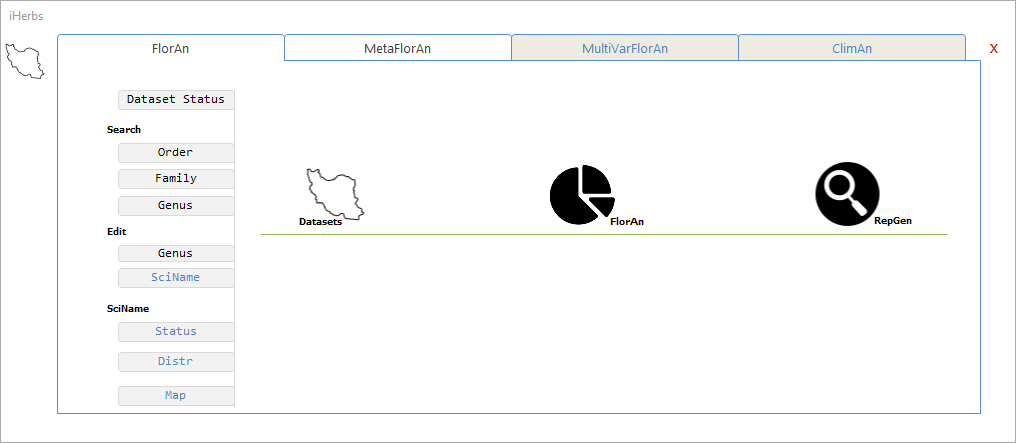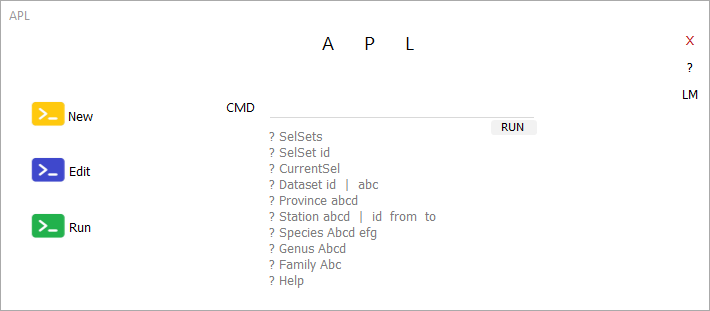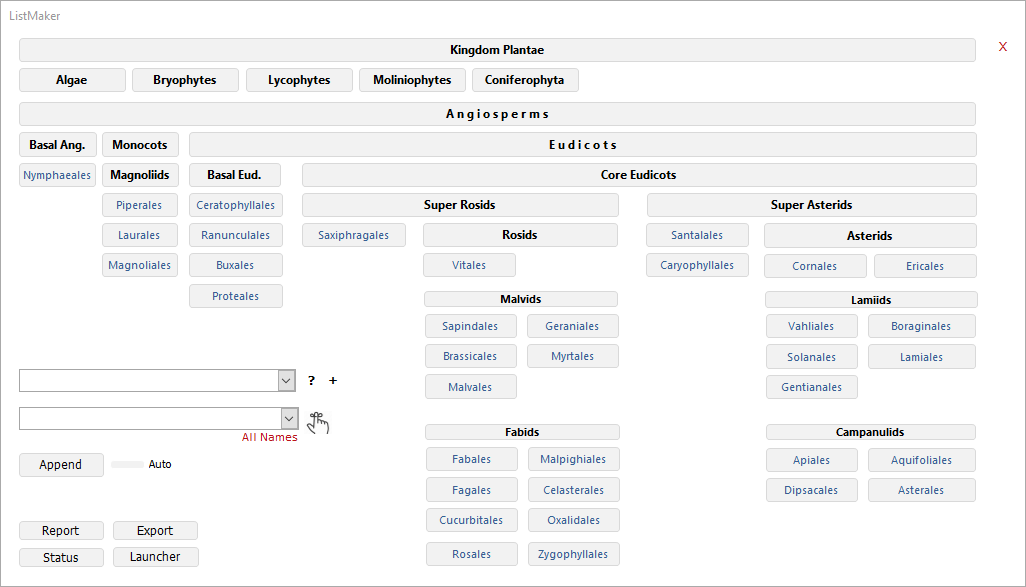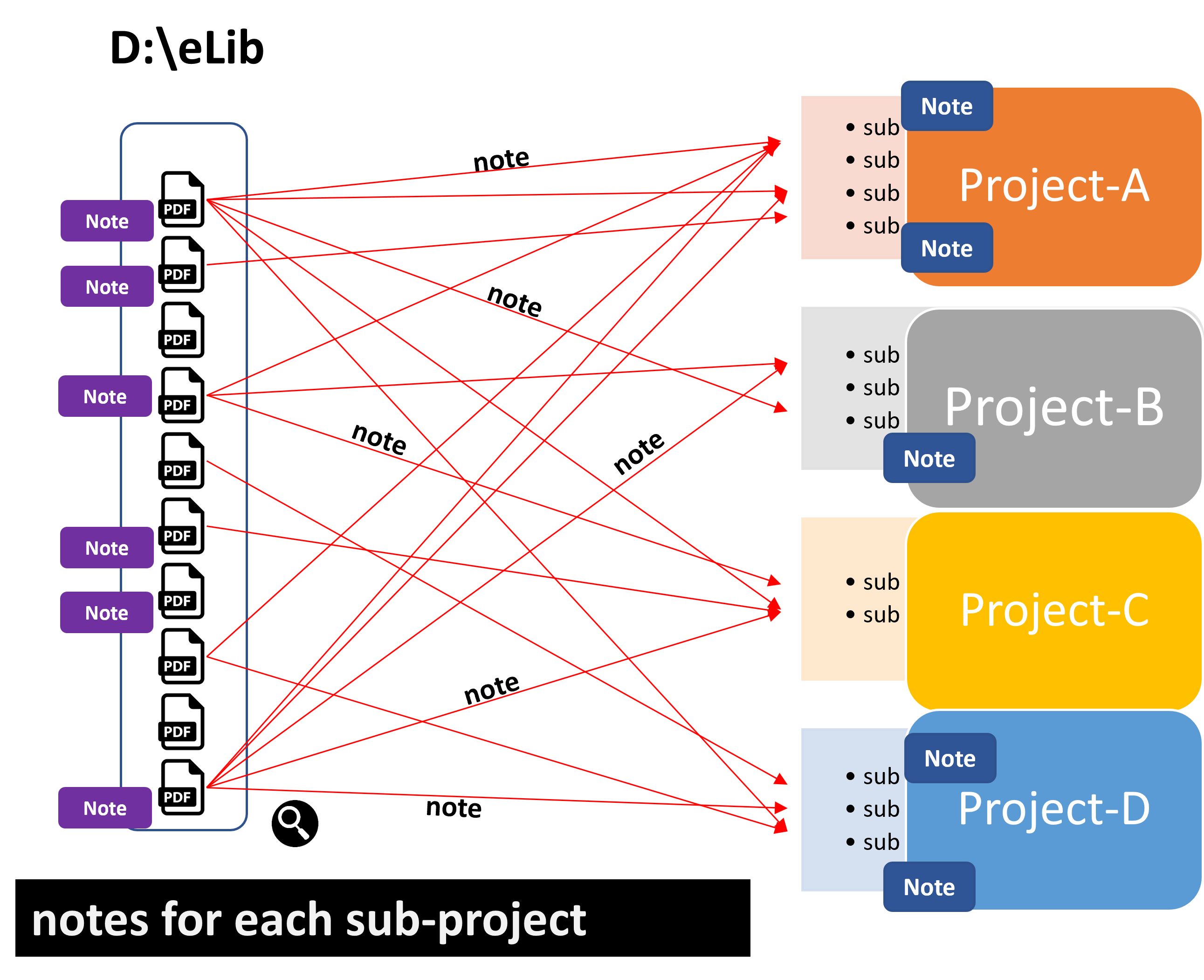BOOKS (in Persian)
1. Topics in plant growth and development
Published Scientific Articles
2025 RaeisiVanani F, Shabani L, Sabzalian MR, Sharifi-Tehrani M. Epichloe endophyte-infected Lolium perenne experienced less oxidative damage when exposed to drought stress. Rhizosphere 34: 1-10.
2025 RaeisiVanani F, Shabani L, Sabzalian MR, Sharifi-Tehrani M. Comparative physiological study of endophyte-infected and non-infected genotypes of Lolium perenne under drought stress. BMC Plant Biology. 25: 1-16
2022 Mousavi S, Sharifi-Tehrani M, Shahrokhi A. Floristic Diversity in North-Eastern Bakhtiari Province on the Central Zagros Mt Range of Iran. Applied Ecology and Environmental Research 20:1-19
2018 Parvizy M, Sharifi-Tehrani M, Jafari A. Plant Species Diversity in Jokhaneh Plain and Southern Slope of the Nil Mt. in Kohgilouyeh va Boyerahmad Province (Central Zagros Region of Iran). Journal of Genetic Resources 2:67-80
2017 Sharifi-Tehrani M, Advay M. Assessment of relationships between Iranian Fritillaria (Liliaceae) species using chloroplast trnH-psbA sequences and morphological characters. Journal of Genetic Resources 2:89-100
2017 Veiskarami G, Sharifi-Tehrani M. Plant species diversity in the Central Zagros Region of Iran. Phytologia Balkanica 23:101-118
2017 Namazi F, Sharifi-Tehrani M, Shabani L. Anatomical Study On Fritillaria Species In Iran. Bangladesh J. Bot. 46:93-101
2016 Advay M, Sharifi-Tehrani M. Taxonomic Relationships of Ten Fritillaria Species of Subgenera Fritillaria and Theresia Based on Analysis of Flower Qualitative and Quantitative Morphological Characters. Journal of Genetic Resources 2:11-22
2016 Jalali M, Sharifi-Tehrani M, ShirMardi H. Flora of Jahanbin Mountain Area: A Contribution to Flora of the Central Zagros Region of Iran. Journal of Genetic Resources 2:29-46
2015 Malekpoor F., Pirbalouti AG., Salimi A., Shabani L., Sharifi-Tehrani M. Antimicrobial and antioxidant activities and total phenolic content of Tanacetum polycephalum Schutz.Bip. Indian journal of traditional knowledge 14:370-375
2015 Mirza-Hosseini Z, Shabani L, Sharifi-Tehrani M, Sabzalian M. ABC transporter and metallothionein expression affected by NI and Epichloe endophyte infection in tall fescue. Ecotoxicology and Enviromental safety 120:13-19
2014 Raeisi-Chehrazi S, Saeidi H, Sharifi-Tehrani M. Phenetic relationships among Lolium s.l. (Poaceae) in Iran based on flavonoids spot profiles and quantitative morphology. Taxonomy and Biosystematics 21:97-110
2014 Diaz-Perez A, Sharifi-Tehrani M, Inda L, Catalan. Polyphyly, gene-duplication and extensive allopolyploidy framed the evolution of the ephemeral Vulpia grasses and other fine-leaved Loliinae (Poaceae). Molecular Phylogenetics and Evolution 79:92-105
2014 Jalalpour Z, Shabani L, Afghani-Khoraskani L, Sharifi-Tehrani M, Amini. Stimulatory effect of methyl jasmonate and squalestatin on phenolic metabolism through induction of LOX activity in cell suspension culture of yew. Turkish Journal of Biology 38:76-82
2014 Mirza-Hosseini Z, Shabani L, Sabzalian MR, Sharifi-Tehrani M. Effect of Neotyphodium endophyte symbiosis on growth, Nickel uptake and photosynthetic pigments in two genotypes of tall fescue. Journal of Plant Process and Function 6:37-50
2014 Amini A, Shabani L, Afghani-Khoraskani L, Jalalpour Z, Sharifi-Tehrani M. Squalestatin-induced production of taxol and baccatin in cell suspension culture of yew (Taxus baccata L.). Turkish Journal of Biology 38:528-536
2014 Mirza-Hosseini Z, Shabani L, Sabzalian MR, Sharifi-Tehrani M. Neotyphodium endophytes may increase tolerance to Ni in tall fescue. European Journal of Soil Biology 63:33-40
2014 Sharifi-Tehrani M. Introduction of the new Program ‘CheckName’ with applications in integration, and increased precision and certitude of floristic inventories. Taxonomy and Biosystematics 20:111-122
2014 Rafiei-Damneh M, Shabani L, Sharifi-Tehrani M. Induction of antioxidant defensive mechanism in tall fescue inoculated with Glomus intraradices fungus under Nickel stress. Journal of Plant Process and Function 8:35-46
2013 Sharifi-Tehrani M, Rahiminejad-Ranjbar MR. Compilation of floristic and herbarium specimen data in Iran: proposal to data structure. Taxonomy and Biosystematics 15:75-94
2013 Orouji Y, Shabani L, Sharifi-Tehrani M. Induction of glycyrrhizin and total phenolic compound production in licorice by using arbuscular mycorrhizal fungi. Russ. J. Plant Physiology 60:1-6
2013 Orouji Y, Shabani L, Sharifi-Tehrani M, Enteshari. Dual effects of two mycorrhizal fungi on production of glycyrrhizin, total phenolic and total flavonoids compounds in roots of Glycyrrhiza glabra L. Journal of Plant Biology 17:75-88
2012 Sharifi-Tehrani M, Kazemi A, Shabani L. Phenetic relationships among natural population accessions of Glycyrrhiza glabra L. (Fabaceae) in central Zagros region of Iran, based on quantitative morphology, flavonoids, and glycyrrhizin contents data. Taxonomy and Biosystematics 13:59-72
2011 Sharifi-Tehrani M, Ghasemi-Dehkordi N. Matricaria L. (Anthemideae, Asteraceae) in Iran: a chemotaxonomic study based on flavonoids. Taxonomy and Biosystematics 8:25-34
2009 Sharifi-Tehrani M, Mardi M, Sahebi J, Catalan P, Diaz-Perez A. Genetic diversity and structure among Iranian tall fescue populations based on genomic-SSR and EST-SSR marker analysis. Plant Systematics and Evolution 282:57-70






